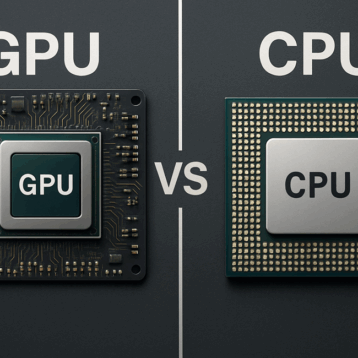AI has been revolutionizing the education sector as we know it. From personalized learning uniquely tailored to a student’s needs to intelligent tutoring that can simulate human professors, the advancements are striking. But what has really turned the education sector upside down is automated essay grading systems. AI can already evaluate students’ work and offer constructive feedback. Quickly and effectively.

All benefits considered, this new technology has raised concerns on the value of human judgment and the subtleties of grading. But if employed with skill, automated essay grading can be an incredible asset. So what are the perks and perils? How should educational institutions go about striking a perfect balance? We take an in-depth look to get you in the loop!
Efficiency At Scale
One undeniable asset of automated essay grading is its capacity to review large bulks of essays quickly. Scalability that tech makes possible addresses the ongoing issue that educators face when having to examine loads of papers. This not only exhausts them but also leaves little room for more constructive engagement with students.
This is where AI comes to the rescue. Automated essay grading uses sophisticated algorithms to sift through diverse linguistic and structural components, ensuring a fair and timely evaluation process. What’s more, efficient grading can help educators devote more of their time to engaging and customized lessons.
AI-driven essay grading systems not only increase efficiency but also provide a wealth of information that can be used to improve curriculum and instruction. By scrutinizing trends in student performance, teachers can now identify areas for improvement and adjust their teaching methods to address specific needs.
Certainly, AI should be used as an asset to traditional learning, where teachers engage with students, respect their unique qualities, and don’t base grades solely on tests. AI can be an incredible partner in education, but only if we refrain from overreliance on it. Otherwise, we risk an overly homogenizing and dry learning approach that won’t benefit anyone.
Preserving Creativity
Writing is a pivotal mechanism for human expression and no wonder it’s granted so much attention at college. In an effort to impress professors with stellar essays, students spend hours in the library or consult TopEssayWriting academic writing assistants for help. In this context, AI raises questions about how algorithms can judge creative and nuanced writing. While tech is great at spotting grammatical and syntax errors, it has trouble capturing the subtle nuances of original thought, imaginative language, or unconventional writing styles.
This is a real problem. Human intuition, unique writing styles, and the distinctive perspectives teachers bring to the assessment process are irreplaceable. This is why educational institutions try to balance large-scale data analysis with a human touch. This could mean, for instance, using AI for tasks like analyzing common errors and giving feedback on grammar and structure. While more sophisticated tasks would be left to professors, such as examining essays for argumentation and critical thinking skills.
Lost In Translation
It’s easy to marvel at the capabilities of AI. But when it comes to something as vital as education, we should keep a watchful eye. Consider the illogical and sometimes hilarious feedback that even the most sophisticated AI algorithms often produce. Plus, tech often makes mistakes when dealing with complex sentence structures or peculiar expressions. Despite its grandeur, AI still has a way to go before understanding the nuances of human communication. This fact underlies the enduring value of human insight and the essential function of human graders.
Automated grading systems skyrocket productivity and scalability, but they should be viewed as useful tools that support human graders’ judgment rather than taking their place.
The Way Forward
Automated essay grading can take the pain out of a laborious grading process, allowing teachers more constructive time with students. However, as with anything else in life, moderation here is key. The art of grading should go beyond technicalities. Professors can bring invaluable insights to enrich students’ thinking, so we should preserve it. The idea really is to strike a delicate balance between efficiency and the human touch.
***
Daniel Soto is a high school English teacher and blogger. Daniel draws on her passion for English literature and writing to foster a love of language among her students. The same passion urges her to write weekly blog posts and share insights on educational breakthroughs and effective teaching methods.










